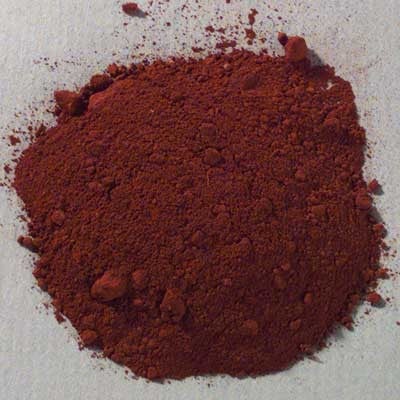Art World
Did You Know Ground Mummy Was Used to Paint Some of History’s Most Famous Artworks?
Eugène Delacroix's famed "Liberty Leading the People" is one of many masterpieces that may feature mummy brown paint.
Eugène Delacroix's famed "Liberty Leading the People" is one of many masterpieces that may feature mummy brown paint.
Sarah Cascone

Did Eugène Delacroix‘s most famous painting, Liberty Leading the People, which recently made headlines in France’s controversial “burkini” debate, make use of Mummy Brown, a pigment made from ground-up ancient Egyptian human remains?
That’s the theory put forth by National Geographic, which notes that the pigment was popular among European painters beginning in the 16th century, if not earlier, and was still in use at the turn of the 20th century. (Disturbingly, mummy dust was also an ingredient in a number of medicines of the time.)
“Specific documented accounts of Mummy Brown being used in particular works seem to be hard to come by,” admitted art historian Philip McCouat in the Journal of Art in Society, but there are records of several artists, including Delacroix, as well as a number of early Pre-Raphaelite painters, stocking the color in their studios.

Egyptian mummy at the British Museum in London. Courtesy of Wikimedia Commons.
Philip Gilbert Hamerton’s 1883 tome The Graphic Arts: A Treatise on the Varieties of Drawing, Painting, and Engraving, for instance, notes that sometime between 1824 and 1854, Delacroix added Mummy Brown to his palette, which also featured such pigments as Zinc Yellow, Laque Rouge de Rome, and Vermilion. Liberty Leading the People was painted in 1830.
Not everyone who used Mummy Brown, however, was aware of its distasteful origins. In his book Something of Myself and Other Autobiographical Writings, Rudyard Kipling recounted a colorful anecdote about his uncle, Pre-Raphaelite Edward Burne-Jones, who once came running downstairs with a tube of Mummy Brown paint, proclaiming that “he had discovered it was made of dead Pharaohs and we must bury it accordingly.”
Mummy Brown also wasn’t a particularly good pigment technically, because it faded with time. Today, the closest you can get to it is probably Bauxite Mummy, which is made from minerals like hematite and quartz, as opposed to dead human bodies treated with bitumen and asphaltum for mummification.

Bauxite Mummy, a modern version of Mummy Brown containing absolutely no dead body parts. Courtesy of Natural Pigments.
The venerable artist supply store, Roberson’s of London, was perhaps the last company that produced the Mummy Brown pigment, according to a 1964 TIME article. “We might have a few odd limbs lying around somewhere,” a company director told the magazine, “but not enough to make any more paint. We sold our last complete mummy some years ago for, I think, £3. Perhaps we shouldn’t have. We certainly can’t get any more.”
Over half a century later, Roberson’s has left its sordid past behind, getting rid of its last lingering mummy parts during a buyout in the 1980s. “There’s no more mummy brown around,” company representative Gary Bowles assured Nat Geo.